There were different kinds of monuments used for different kinds of intersections such as township corners, section corners, quarter section corners and witness monuments. Check out the descriptions below.
Wooden and Iron Posts
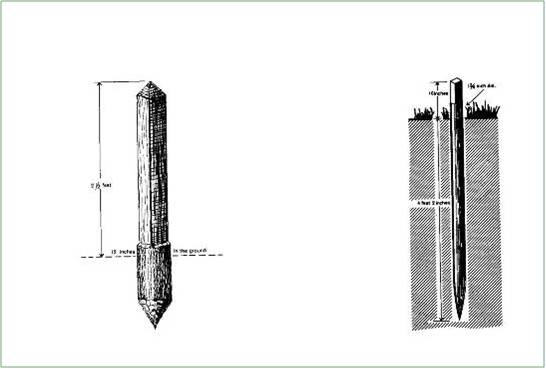
Wooden and iron posts were used throughout the Dominion Land Surveys and are the most common monuments used. Whether tall or short, they were largely used between 1871-1915.
Old iron posts were 3/4 inch in diameter and were hollow. They were 36” long and had a square top. Newer iron posts are solid iron, 3/4 inch in diameter and only 30” long. Both wooden and iron posts have unique markings on them, such as the date and the quarter section markings of the post.
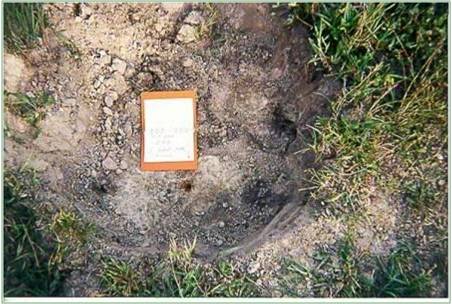
Some of these monuments have deteriorated over the years but many are still in the ground today. A fully deteriorated iron post will create a perfect rust hole. Surveyors are required to have baseline knowledge in archaeology. They scrape the ground in the approximate area of the post and search for evidence of the pin or post.
Pits and Mounds
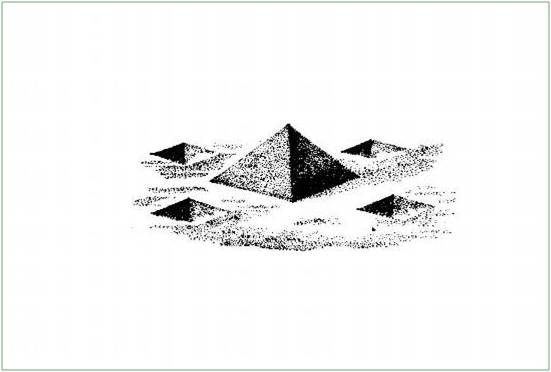
In addition to placing posts, pits were often dug. Usually four pits were dug in a square formation where a survey monument needed to be. The dirt from each hole was placed in the centre area. Sometimes a pin went on top of the mound of dirt.
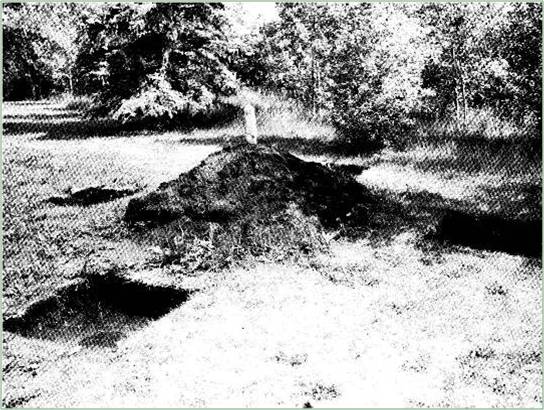
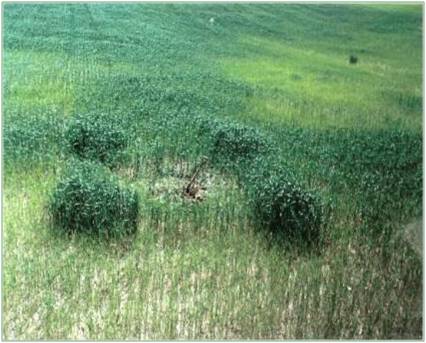
The picture to the left is of a freshly dug pit and mound monument. The picture to the right is of a deteriorated, yet still visible, pit and mound monument. There were many pit and mound variations and they were used from 1871 until sometime in the early 1900s.
Bearing Tree and Witness Monuments
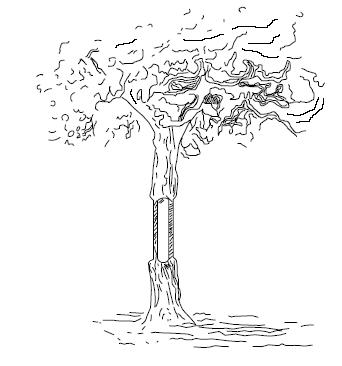
Bearing tree and witness monuments were used when there was some sort of obstruction where the pit, mound, post or pin should be. If there was a tree in the exact location, the tree was to be squared and marked on all four sides.
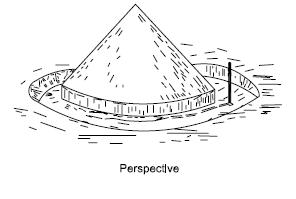
Often, if water occupied the space where a monument should have been placed, probably because of a spring thaw, a witness monument (that was circular in shape) was erected if there was no bearing tree nearby.
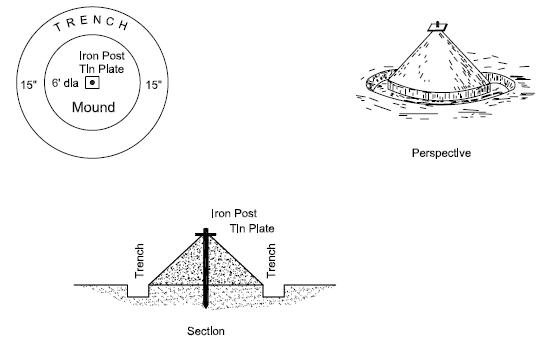
The monument was a mound with a trench dug around it and it had a wooden or iron post in the trench. Bearing tree monuments were used from 1871-1881 and witness monuments were used from 1871 to the early 1900s.
Learn more about survey monument charts.